Understanding Soil Types for Your Garden
Have you ever wondered why some gardens flourish while others struggle? The secret often lies beneath the surface—in the soil! Understanding the different soil types is crucial for any gardener, whether you’re a seasoned pro or just starting out. Soil is not just dirt; it’s a living ecosystem that plays a vital role in the health of your plants. In this article, we’ll explore various soil types, their unique characteristics, and how they impact your gardening success. By the end, you’ll be equipped with the knowledge to select the right plants and create an environment where they can thrive.
Soil serves as the foundation for plant growth, providing essential nutrients, water, and structural support. Think of it as the bedrock of your garden—without good soil, your plants will struggle to grow. Understanding its role helps gardeners make informed decisions that can enhance plant health and productivity. For instance, choosing the right soil type can lead to healthier plants, more vibrant flowers, and a bountiful harvest. So, how do you ensure that your soil is up to par? Let’s delve into the different types of soil and their properties!
There are several soil types, each with unique properties that can significantly impact your gardening success. Recognizing these types allows gardeners to choose the right plants and amend the soil effectively for optimal growth. Here’s a quick overview:
| Soil Type | Characteristics | Best For |
|---|---|---|
| Sandy Soil | Well-draining, low nutrient retention | Drought-resistant plants |
| Clay Soil | Dense, moisture-retaining, prone to compaction | Heavy feeders like corn |
| Silt Soil | Fine texture, retains moisture well | Variety of plants |
| Loamy Soil | Balanced mixture of sand, silt, and clay | Most plants |
Sandy soil is often a gardener's best friend when it comes to drainage. It warms quickly in the spring, allowing for early planting. The loose structure of sandy soil encourages deep root growth, making it suitable for plants that thrive in dry conditions. However, it’s essential to remember that sandy soil can be quite stingy with nutrients and moisture. This means you’ll need to amend it regularly with organic matter, such as compost, to keep your plants happy and healthy.
One of the most significant advantages of sandy soil is its excellent drainage capabilities. This helps prevent root rot, which is a common issue in wetter soils. Additionally, the loose texture allows roots to penetrate easily, promoting strong plant growth.
On the flip side, sandy soil's primary drawback is its low nutrient and moisture retention. Without regular amendments, plants may struggle to get the nutrients they need to thrive. So, if you’re working with sandy soil, be prepared to roll up your sleeves and add some organic material!
Now, let’s talk about clay soil. This type is dense and has a high moisture retention capacity, which can be both a blessing and a curse. While it provides ample water for your plants, it can also become compacted, making it difficult for roots to grow. Understanding its properties is crucial for effective gardening. If you’re dealing with clay soil, consider adding organic matter to improve its structure and drainage.
Silt soil is like the Goldilocks of soil types—it’s not too coarse and not too fine! It has a smooth texture and retains moisture better than sandy soil, providing a balanced environment for many plants. If you’re lucky enough to have silt soil in your garden, you’re well on your way to gardening success!
Loamy soil is the crème de la crème of gardening soils. It’s a perfect blend of sand, silt, and clay, offering the best characteristics for plant growth. This type of soil balances drainage, nutrient retention, and aeration, making it ideal for most plants. If you can create or find loamy soil, your garden will thank you!
Knowing how to assess your soil type is essential for effective gardening. Simple tests can help determine soil composition and guide necessary amendments for optimal growth. You can perform a simple jar test by layering your soil in a jar with water and shaking it up. After letting it settle, you can see the different layers of sand, silt, and clay, giving you a clear picture of your soil type.
- What is the best soil type for vegetables? Loamy soil is generally considered the best for growing vegetables due to its balanced properties.
- How can I improve my sandy soil? Regularly adding organic matter like compost can significantly enhance nutrient and moisture retention.
- Is clay soil bad for gardening? Not necessarily! With proper amendments, clay soil can support a variety of plants.
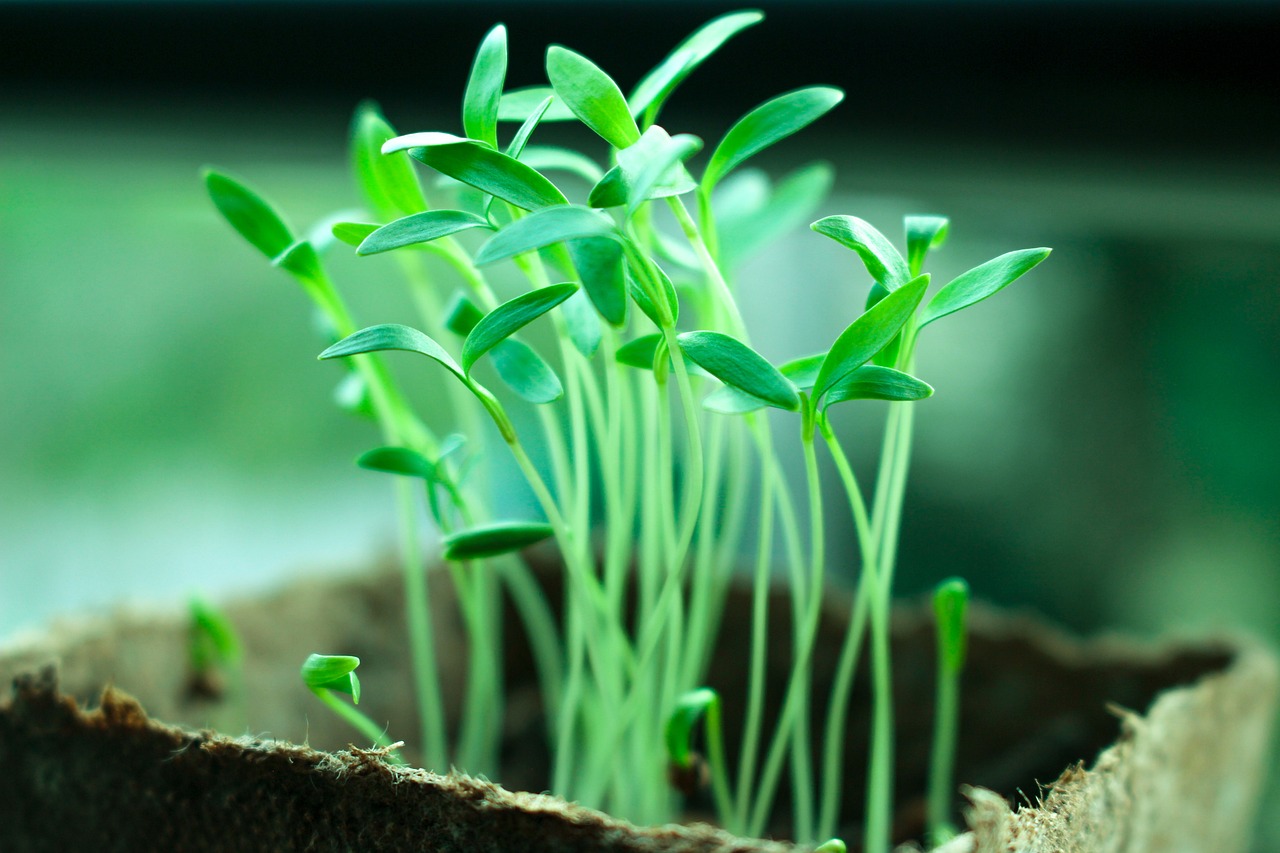
Importance of Soil in Gardening
This article explores various soil types, their characteristics, and how they impact gardening success. Understanding soil is essential for selecting the right plants and ensuring a thriving garden environment.
Soil serves as the foundation for plant growth, providing essential nutrients, water, and support. Imagine it as the bedrock of your garden—the place where everything begins. Without healthy soil, even the most beautiful plants will struggle to thrive. Think of it as a buffet for your plants; the better the quality of the food, the healthier and more vibrant your plants will be.
Understanding the role of soil in gardening helps gardeners make informed decisions that can significantly enhance plant health and productivity. For instance, the right soil can act like a superfood for plants, supplying them with everything they need to flourish. It not only affects how well plants grow but also influences their resistance to diseases and pests.
Moreover, soil is a living ecosystem. It is filled with microorganisms, worms, and other organisms that work together to create a balanced environment for plants. This biological activity is crucial for breaking down organic matter, releasing nutrients, and improving soil structure. When you nurture your soil, you’re not just feeding your plants; you’re also cultivating a community of life beneath the surface.
Here are a few reasons why understanding soil is vital for any gardener:
- Nutrient Availability: Different soil types hold nutrients in varying capacities. Knowing your soil type helps you understand what nutrients are available and what might need to be added.
- Water Retention: Soil impacts how much water is available to your plants. Sandy soils drain quickly, while clay soils can hold moisture. Understanding this can help you manage watering effectively.
- Plant Selection: Certain plants thrive in specific soil types. By understanding your soil, you can select plants that will grow best in your garden.
- Soil Structure: The physical composition of soil affects root development and aeration. Healthy soil structure allows roots to penetrate easily and access nutrients and water.
In conclusion, the importance of soil in gardening cannot be overstated. It is the very essence of a successful garden. By taking the time to understand your soil, you can create a thriving garden that not only looks beautiful but also supports a diverse ecosystem. So, roll up your sleeves and dig deep; your plants will thank you for it!
There are several soil types, each with unique properties. Recognizing these types allows gardeners to choose the right plants and amend soil effectively for optimal growth.
Sandy soil is well-draining and warms quickly in spring. While it allows for easy root penetration, it often lacks nutrients and moisture retention, requiring careful management.
Sandy soil promotes excellent drainage, helping prevent root rot. Its loose structure encourages deep root growth, making it suitable for certain drought-resistant plants.
The primary drawback of sandy soil is its low nutrient and moisture retention. Gardeners may need to frequently amend it with organic matter to support plant health.
Clay soil is dense and retains moisture well but can become compacted. Understanding its properties is crucial for effective gardening, as it presents both challenges and benefits.
Silt soil has a smooth texture and retains moisture better than sandy soil. It provides a balanced environment for many plants, making it a desirable choice for gardeners.
Loamy soil is a mixture of sand, silt, and clay, offering the best characteristics for gardening. It balances drainage, nutrient retention, and aeration, making it ideal for most plants.
Knowing how to assess your soil type is essential for effective gardening. Simple tests can help determine soil composition and guide necessary amendments for optimal growth.
Q: How can I test my soil type?
A: You can perform a simple soil test by taking a sample and adding water to it. If it falls apart easily, it's sandy; if it sticks together, it's clay; and if it forms a smooth ball, it's likely silt.
Q: What can I add to improve my soil?
A: Organic matter like compost, well-rotted manure, or peat moss can greatly enhance soil quality, improving its nutrient content and moisture retention.
Q: Can I change my soil type?
A: While you can't change the fundamental type of soil, you can amend it with organic materials and other amendments to improve its properties.
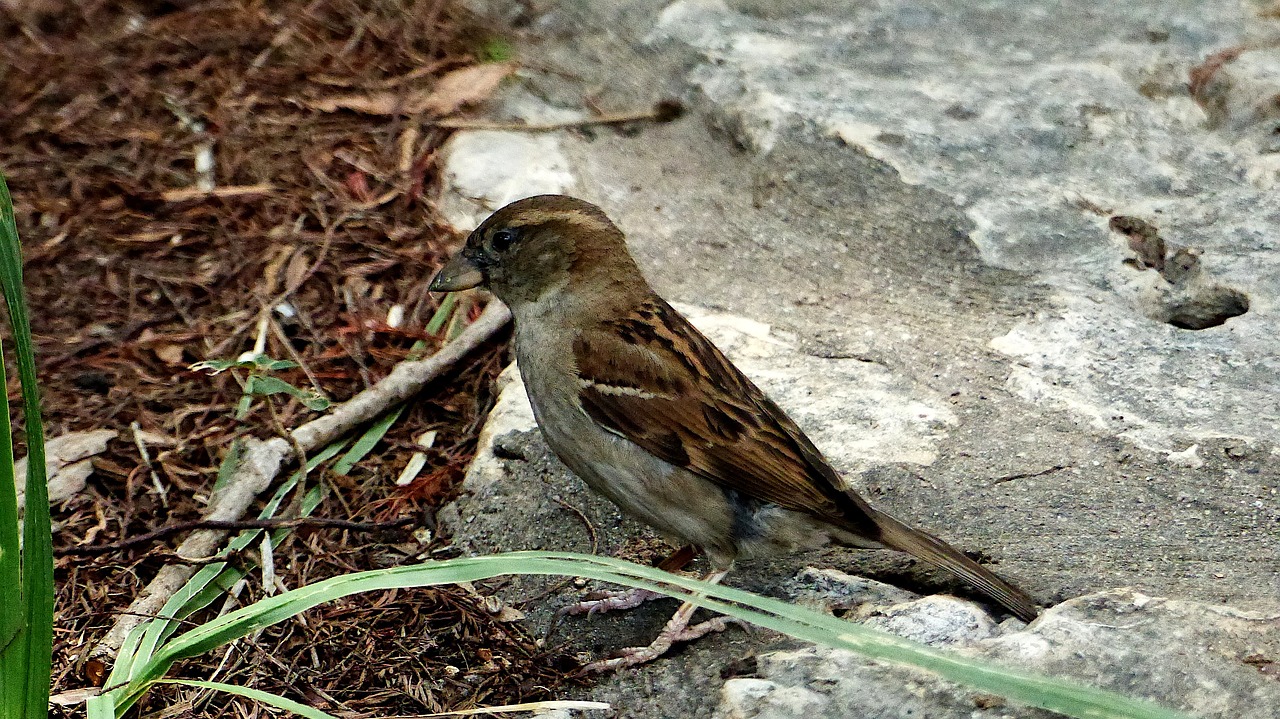
Types of Soil
This article explores various soil types, their characteristics, and how they impact gardening success. Understanding soil is essential for selecting the right plants and ensuring a thriving garden environment.
Soil serves as the foundation for plant growth, providing essential nutrients, water, and support. Understanding its role helps gardeners make informed decisions to enhance plant health and productivity.
When it comes to gardening, recognizing the different types of soil is crucial. Each type has its own unique properties that can significantly affect plant growth. Soil can be classified into various categories based on its texture, composition, and drainage capabilities. Here’s a closer look at the major types of soil you may encounter:
Sandy soil is characterized by its gritty texture and large particles. This type of soil drains exceptionally well and warms quickly in the spring, making it a favorite for many gardeners eager to get their plants in the ground early. However, while sandy soil allows for easy root penetration, it often lacks essential nutrients and moisture retention. This means that gardeners need to be diligent in managing it, often by adding organic matter to enhance its fertility.
One of the key benefits of sandy soil is its ability to promote excellent drainage, which helps prevent root rot—a common issue in overly wet conditions. Additionally, its loose structure encourages deep root growth, making it particularly suitable for drought-resistant plants like succulents and certain herbs.
Despite its advantages, sandy soil comes with some significant drawbacks. The primary issue is its low nutrient and moisture retention capabilities. Gardeners often find themselves needing to amend sandy soil frequently with compost or other organic materials to support healthy plant growth. Without these amendments, plants may struggle to thrive.
On the opposite end of the spectrum, we have clay soil. This type is dense and heavy, known for its ability to retain moisture. While this can be advantageous in dry conditions, clay soil can also become compacted, limiting air and water movement. Understanding its properties is crucial for effective gardening, as it presents both challenges and benefits. Gardeners often need to work on improving drainage and aeration in clay soils to promote healthier plant growth.
Silt soil is another type that deserves attention. With its smooth texture, it retains moisture better than sandy soil while still allowing for good drainage. This balance makes silt soil a desirable choice for many gardeners, as it provides a conducive environment for a wide range of plants. However, it can become compacted easily, so regular aeration is recommended.
Loamy soil is often hailed as the gold standard for gardening. This rich blend of sand, silt, and clay combines the best characteristics of each type. Loamy soil balances drainage, nutrient retention, and aeration, making it ideal for most plants. If you’re lucky enough to have loamy soil in your garden, you’re in for a treat—your plants will thrive!
Knowing how to assess your soil type is essential for effective gardening. Simple tests can help determine soil composition and guide necessary amendments for optimal growth. By understanding your soil’s characteristics, you can make informed decisions about which plants to grow and how to care for them.
- What is the best type of soil for gardening? Loamy soil is generally considered the best type for gardening due to its balanced properties.
- How can I improve sandy soil? Adding organic matter like compost can enhance nutrient retention in sandy soil.
- What plants thrive in clay soil? Plants like willows and certain types of grasses tend to do well in clay soil.
- How do I know what type of soil I have? You can perform a simple soil test by taking a sample and observing its texture and drainage capabilities.
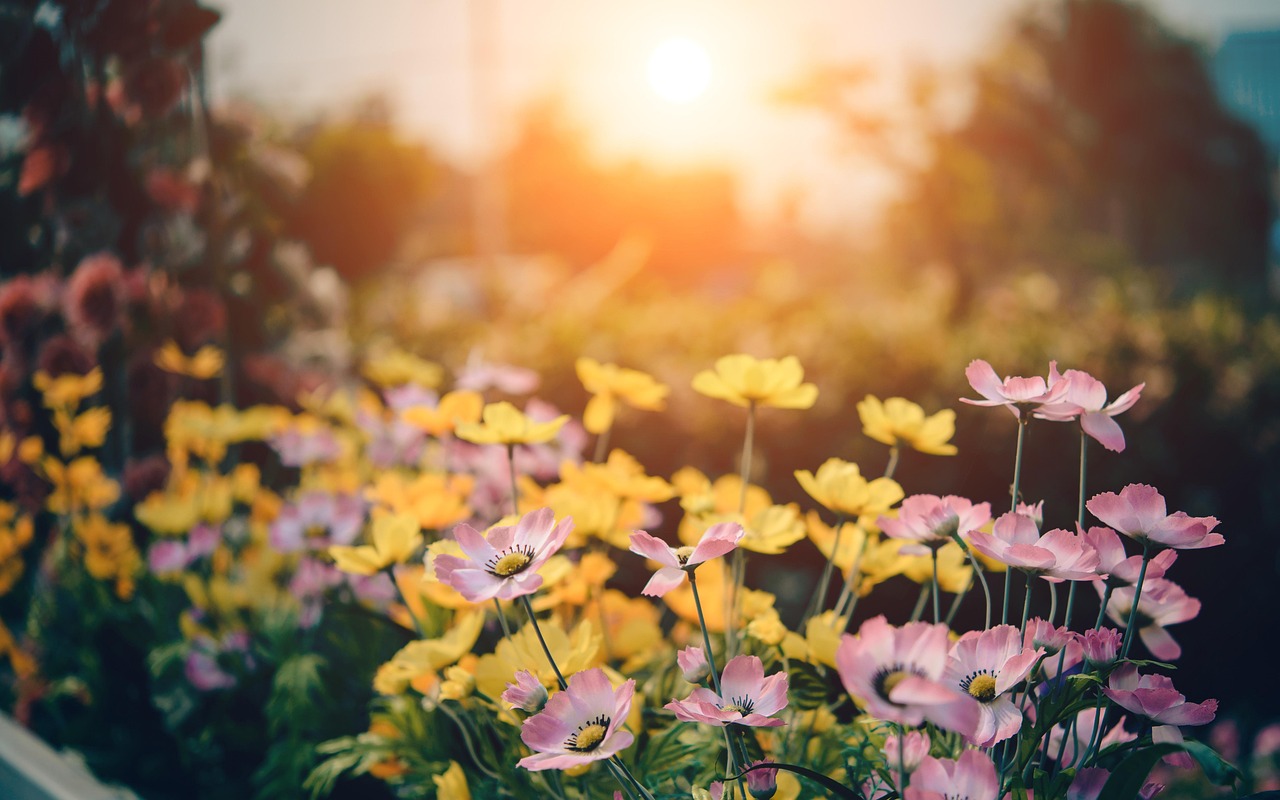
Sandy Soil
This article explores various soil types, their characteristics, and how they impact gardening success. Understanding soil is essential for selecting the right plants and ensuring a thriving garden environment.
Soil serves as the foundation for plant growth, providing essential nutrients, water, and support. Understanding its role helps gardeners make informed decisions to enhance plant health and productivity.
There are several soil types, each with unique properties. Recognizing these types allows gardeners to choose the right plants and amend soil effectively for optimal growth.
Sandy soil is often the go-to for gardeners who love quick-draining conditions. Imagine a sponge that has been squeezed out completely—that's sandy soil for you! It warms up faster in the spring, making it an attractive option for early planting. This type of soil is composed of larger particles, which means it doesn't hold water as well as other soil types. While this can be a blessing in wet conditions, it also means that sandy soil can dry out quickly, leaving plants thirsty and in need of regular watering.
One of the standout features of sandy soil is its excellent drainage. This characteristic is crucial for preventing root rot, which can be a gardener's worst nightmare. However, this same drainage can lead to nutrient leaching, where essential minerals are washed away with excess water. Therefore, if you're working with sandy soil, it's vital to regularly amend it with organic matter, such as compost or well-rotted manure. This not only improves nutrient retention but also enhances moisture-holding capacity.
Let's break down some of the key advantages of sandy soil:
- Good Drainage: Sandy soil's loose structure allows excess water to flow away quickly, reducing the risk of root diseases.
- Warmth: It warms up faster in the spring, allowing for earlier planting of heat-loving crops.
- Easy Root Penetration: Plants can establish deep roots, making them more resilient to drought conditions.
Despite its benefits, sandy soil does come with its challenges:
- Low Nutrient Retention: The larger particles mean that nutrients can easily wash away, requiring frequent amendments.
- Moisture Loss: Sandy soil can dry out quickly, necessitating regular watering to keep plants healthy.
In conclusion, sandy soil can be a double-edged sword. While it offers fantastic drainage and quick warming, it requires diligent care to ensure that your plants receive the nutrients and moisture they need to thrive. By understanding how to manage sandy soil effectively, you can create a flourishing garden that showcases the beauty of drought-resistant plants and early bloomers.
Silt soil has a smooth texture and retains moisture better than sandy soil. It provides a balanced environment for many plants, making it a desirable choice for gardeners.
Loamy soil is a mixture of sand, silt, and clay, offering the best characteristics for gardening. It balances drainage, nutrient retention, and aeration, making it ideal for most plants.
Knowing how to assess your soil type is essential for effective gardening. Simple tests can help determine soil composition and guide necessary amendments for optimal growth.
Q1: How can I improve sandy soil?
A1: You can improve sandy soil by adding organic matter like compost, which enhances nutrient retention and moisture-holding capacity.
Q2: What plants thrive in sandy soil?
A2: Drought-resistant plants such as succulents, lavender, and many herbs do well in sandy soil due to its excellent drainage.
Q3: Is sandy soil bad for gardening?
A3: Not at all! While it has its challenges, with proper amendments and care, sandy soil can support a variety of healthy plants.
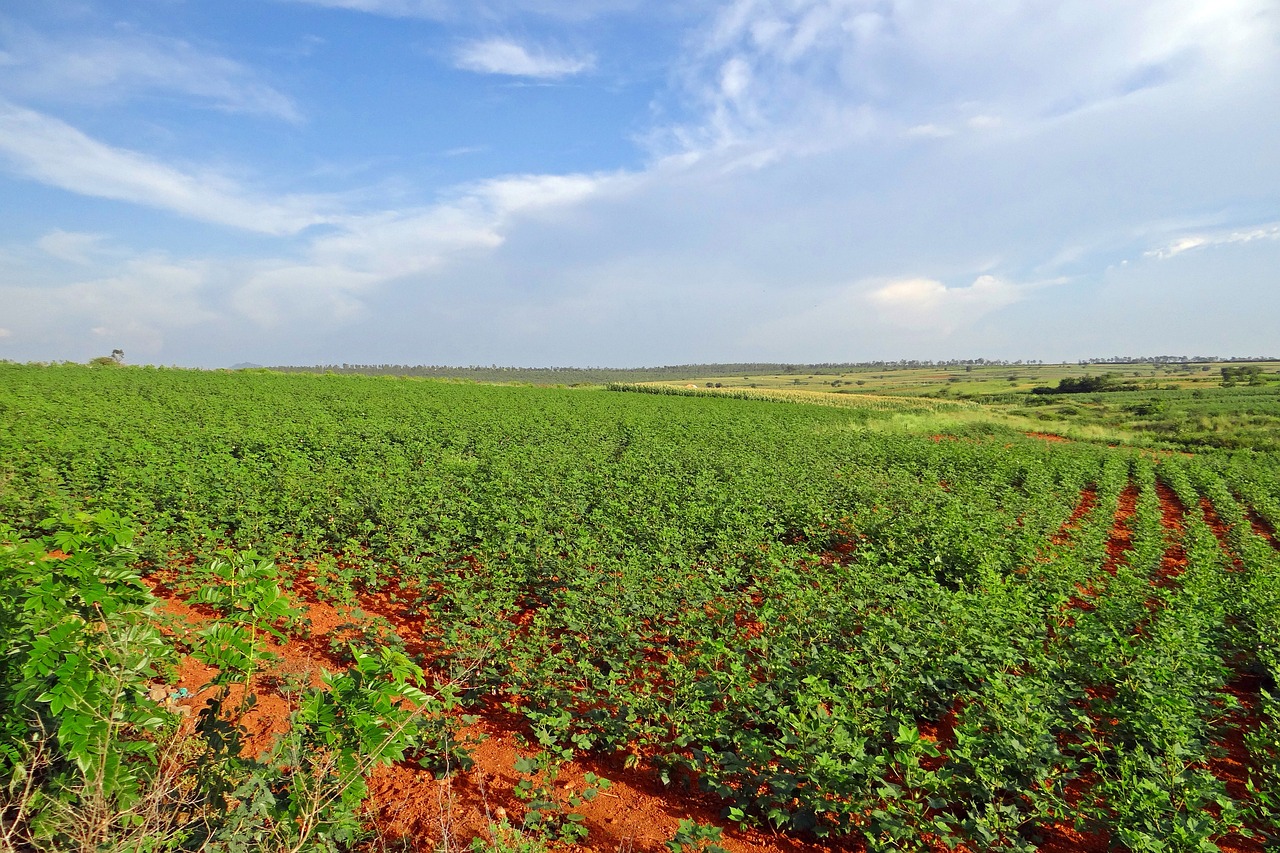
Advantages of Sandy Soil
Sandy soil is often seen as a gardener's best friend, and for good reason! Its well-draining nature is one of its standout features, making it a great choice for plants that thrive in drier conditions. Imagine a sponge that quickly releases water instead of holding onto it; that’s sandy soil for you! This drainage capability is crucial because it helps prevent root rot, a common issue that can devastate your garden.
Another major advantage of sandy soil is its ability to warm up quickly in the spring. This means that you can get a jumpstart on your gardening season, planting earlier than you might in heavier soils. Think of sandy soil as the early riser of the gardening world, ready to greet the sun and support your plants as soon as the frost melts away.
Moreover, the loose structure of sandy soil encourages deep root growth. This is particularly beneficial for drought-resistant plants that need to stretch their roots down to access moisture. When roots can grow deep, plants are more resilient against dry spells, allowing them to thrive even when water is scarce.
However, it’s important to remember that while sandy soil has its perks, it does require some extra care. Because it tends to lack nutrients, gardeners often need to amend it with organic matter like compost or well-rotted manure. This not only boosts nutrient levels but also helps improve moisture retention. So, while sandy soil is fantastic for certain plants, a little extra effort goes a long way in ensuring your garden flourishes.
In summary, sandy soil offers several advantages that can enhance your gardening experience:
- Excellent drainage to prevent root rot
- Warms up quickly in spring for early planting
- Encourages deep root growth for drought-resistant plants
By understanding these benefits, gardeners can make informed choices about which plants to grow and how to manage their soil effectively. Remember, a well-prepared gardener is a successful gardener!
Q: Can I grow all types of plants in sandy soil?
A: While sandy soil is great for certain drought-resistant plants, it may not support all types of plants effectively. It's important to choose plants that thrive in well-draining conditions.
Q: How can I improve the nutrient content of sandy soil?
A: You can amend sandy soil with organic matter such as compost, aged manure, or peat moss. This will help enhance its nutrient retention and overall fertility.
Q: Is sandy soil good for vegetable gardening?
A: Yes, sandy soil can be good for certain vegetables, especially those that prefer well-drained conditions. However, regular amendments may be necessary to ensure adequate nutrients.
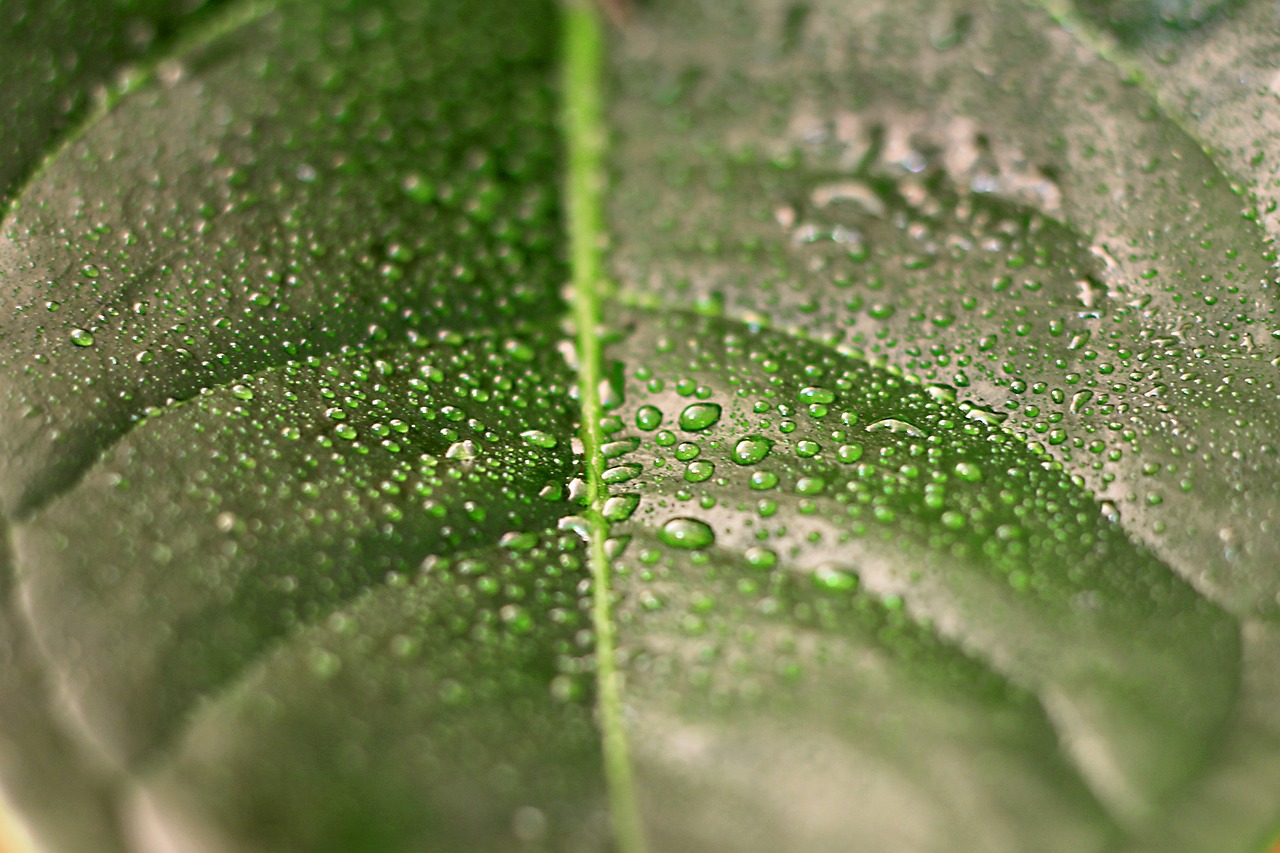
Disadvantages of Sandy Soil
This article explores various soil types, their characteristics, and how they impact gardening success. Understanding soil is essential for selecting the right plants and ensuring a thriving garden environment.
Soil serves as the foundation for plant growth, providing essential nutrients, water, and support. Understanding its role helps gardeners make informed decisions to enhance plant health and productivity.
There are several soil types, each with unique properties. Recognizing these types allows gardeners to choose the right plants and amend soil effectively for optimal growth.
Sandy soil is well-draining and warms quickly in spring. While it allows for easy root penetration, it often lacks nutrients and moisture retention, requiring careful management.
Sandy soil promotes excellent drainage, helping prevent root rot. Its loose structure encourages deep root growth, making it suitable for certain drought-resistant plants.
While sandy soil has its perks, it also comes with a few significant disadvantages that can challenge even the most experienced gardeners. One of the primary issues is its low nutrient retention. Because sandy soil is so loose and porous, it tends to leach nutrients quickly, especially during heavy rains. This means that plants often struggle to get the essential minerals they need to thrive, leading to stunted growth and poor health.
Additionally, sandy soil has a poor moisture retention capacity. It dries out rapidly, which can be detrimental during hot summer months. Gardeners may find themselves watering more frequently, sometimes even daily, to keep their plants hydrated. This can be a hassle and may lead to increased water bills!
Furthermore, the lack of organic matter in sandy soil can pose another challenge. Organic matter is vital for improving soil structure and fertility. Without it, the soil can become less hospitable for beneficial microorganisms that play a crucial role in nutrient cycling. As a result, gardeners might need to invest time and resources into amending the soil with compost or other organic materials to enhance its overall quality.
In summary, while sandy soil offers excellent drainage and aeration, its low nutrient and moisture retention capabilities can make it a tricky medium for gardening. Understanding these drawbacks is crucial for anyone looking to cultivate a successful garden in sandy conditions.
Clay soil is dense and retains moisture well but can become compacted. Understanding its properties is crucial for effective gardening, as it presents both challenges and benefits.
Silt soil has a smooth texture and retains moisture better than sandy soil. It provides a balanced environment for many plants, making it a desirable choice for gardeners.
Loamy soil is a mixture of sand, silt, and clay, offering the best characteristics for gardening. It balances drainage, nutrient retention, and aeration, making it ideal for most plants.
Knowing how to assess your soil type is essential for effective gardening. Simple tests can help determine soil composition and guide necessary amendments for optimal growth.
- What is the best soil type for vegetables? Loamy soil is generally considered the best for growing vegetables due to its balanced drainage, nutrient retention, and aeration.
- Can I improve sandy soil? Yes! Adding organic matter such as compost can help improve nutrient and moisture retention in sandy soil.
- How do I know if I have clay soil? A simple test involves taking a handful of moist soil and squeezing it. If it forms a ball and holds its shape, you likely have clay soil.
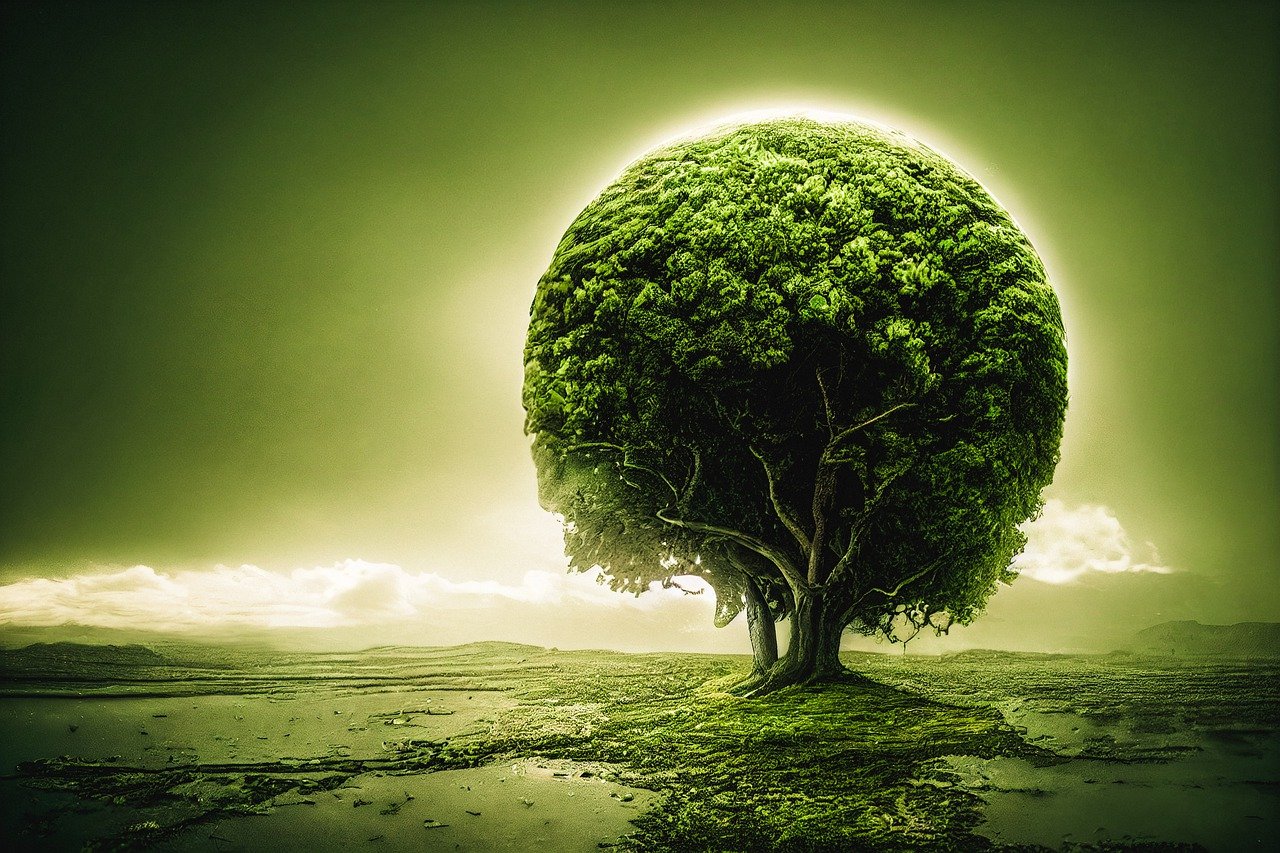
Clay Soil
Clay soil is a fascinating type of soil that is often misunderstood. Characterized by its dense and heavy texture, clay soil has a remarkable ability to retain moisture, making it a double-edged sword for gardeners. On one hand, this moisture retention can be a boon, especially in drier climates where water conservation is key. On the other hand, if not managed properly, clay soil can become compacted, leading to poor drainage and creating a challenging environment for plant roots to thrive.
One of the most striking features of clay soil is its high nutrient content. This soil type is rich in minerals, which can be beneficial for plants if they can access these nutrients. However, the compact nature of clay can hinder root growth and limit the availability of oxygen, making it essential for gardeners to take specific steps to improve the soil structure. By incorporating organic matter, such as compost or well-rotted manure, gardeners can enhance the soil's texture, increase aeration, and improve drainage.
When working with clay soil, it's crucial to consider the timing of your gardening activities. Clay soil tends to remain wet for longer periods, which can delay planting and make it difficult to work with when wet. To avoid these challenges, many gardeners choose to wait until the soil has dried out sufficiently before tilling or planting. This not only helps prevent soil compaction but also allows for better root penetration and healthier plant growth.
Another aspect to keep in mind is the types of plants that thrive in clay soil. While some plants struggle in heavy soils, others, such as willows, cattails, and various native grasses, can flourish. Understanding the specific needs of your plants and selecting those that are well-suited for clay soil can make a significant difference in your gardening success.
In summary, clay soil presents both challenges and opportunities for gardeners. With its rich nutrient profile and moisture retention capabilities, it can support a diverse range of plants if managed correctly. By improving soil structure and selecting the right plants, gardeners can turn what might seem like a disadvantage into a thriving garden space.
- What are the best plants for clay soil? Plants such as willows, native grasses, and certain perennials tend to thrive in clay soil due to their adaptability to moisture and nutrient conditions.
- How can I improve my clay soil? Incorporating organic matter like compost, mulching, and practicing crop rotation can significantly enhance the texture and drainage of clay soil.
- Is clay soil bad for gardening? Not necessarily! While it has its challenges, with proper management and plant selection, clay soil can be quite productive.

Silt Soil
Silt soil, often considered the Goldilocks of gardening, strikes a perfect balance between sandy and clay soils. Its smooth texture and fine particles allow for excellent moisture retention while still providing adequate drainage. This makes it a favorite among many gardeners who seek a thriving garden without the constant worry of overwatering or drought stress. But what exactly makes silt soil so special? Let’s dive deeper into its characteristics and benefits.
One of the standout features of silt soil is its ability to hold nutrients. Unlike sandy soil, which tends to wash away nutrients quickly, silt soil retains them in its fine particles, making them available for plant uptake. This nutrient-holding capacity means that plants grown in silt soil often enjoy better health and growth. However, it’s important to remember that while silt soil is rich in nutrients, it can also become compacted, especially when wet. This compaction can create challenges for root growth and water drainage, so it’s essential to keep an eye on soil health.
When it comes to gardening, silt soil is often the go-to choice for many types of plants. Whether you’re looking to grow vibrant vegetables or colorful flowers, silt soil provides a balanced environment that supports a wide variety of species. Here are some benefits of using silt soil in your garden:
- Moisture Retention: Silt soil can retain moisture better than sandy soil, reducing the need for frequent watering.
- Nutrient Availability: The fine particles in silt soil hold nutrients efficiently, promoting healthy plant growth.
- Versatility: Ideal for many different types of plants, making it suitable for diverse gardening projects.
However, like any soil type, silt soil comes with its own set of challenges. The fine texture that makes it great for holding moisture can also lead to poor drainage if not managed properly. This can create a risk of waterlogged conditions, which are detrimental to many plants. To combat this, gardeners should consider incorporating organic matter, such as compost, to improve aeration and drainage.
In summary, silt soil is a fantastic option for gardeners looking for a soil type that balances moisture retention and nutrient availability. By understanding its properties and how to manage its challenges, you can create a flourishing garden that thrives on the unique characteristics of silt soil. So, if you’re planning your next gardening project, don’t overlook this versatile soil type!
Q: What is silt soil made of?
A: Silt soil is composed of fine particles that are larger than clay but smaller than sand, typically ranging from 0.002 to 0.05 mm in diameter. This unique particle size gives it its smooth texture and excellent moisture-retaining properties.
Q: How can I improve my silt soil?
A: To improve silt soil, consider adding organic matter such as compost or well-rotted manure. This will help enhance drainage and aeration, preventing compaction while also boosting nutrient content.
Q: What plants thrive in silt soil?
A: Many plants thrive in silt soil, including vegetables like tomatoes and peppers, as well as flowers like daisies and sunflowers. Its balanced nature makes it suitable for a wide variety of plant species.
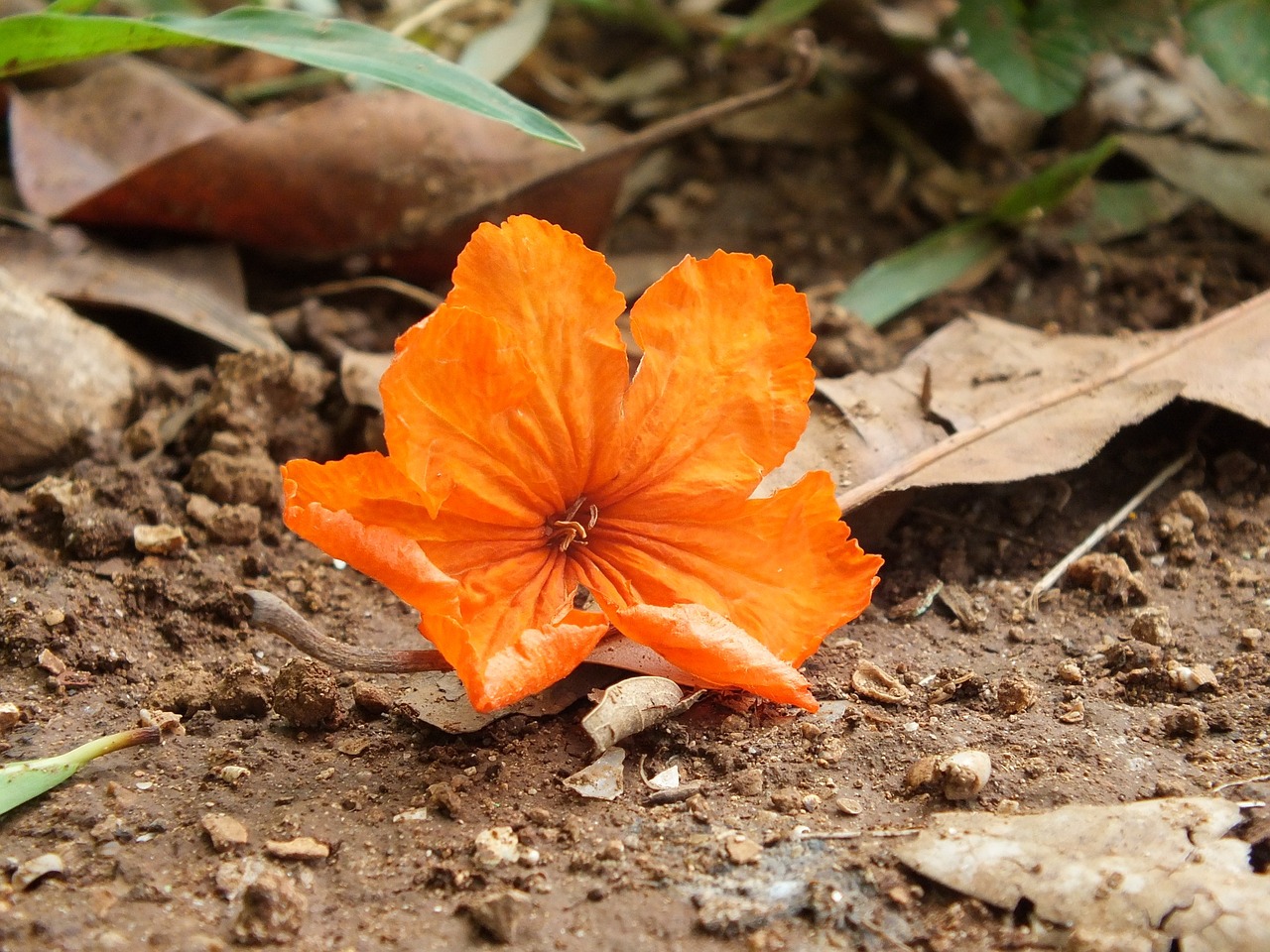
Loamy Soil
Loamy soil is often hailed as the gold standard for gardeners, and for good reason. This rich blend of sand, silt, and clay creates a harmonious balance that supports a wide variety of plants. Imagine loamy soil as the perfect recipe, where each ingredient plays a vital role in creating a thriving ecosystem for your garden. Its texture is just right—not too gritty and not too sticky—allowing for easy root penetration while also holding onto essential nutrients and moisture.
One of the standout features of loamy soil is its excellent drainage. This means that while it retains enough moisture to keep plants hydrated, it also prevents waterlogging, which can suffocate roots. Think of it as a sponge that soaks up water but also allows excess to flow away. This property is crucial for preventing root rot and ensuring that plants have access to the oxygen they need to thrive.
Moreover, loamy soil is rich in organic matter, which is a key player in providing nutrients to your plants. Organic matter not only nourishes plants but also improves soil structure, making it easier for roots to spread out and establish themselves. This nutrient-rich environment is particularly beneficial for growing vegetables, flowers, and shrubs, making loamy soil a favorite among both amateur and professional gardeners.
However, it’s important to note that not all loamy soils are created equal. Depending on the proportions of sand, silt, and clay, the characteristics can vary. To give you a clearer picture, here’s a simple breakdown:
| Soil Component | Percentage in Loamy Soil |
|---|---|
| Sand | 20-50% |
| Silt | 30-50% |
| Clay | 10-30% |
This table illustrates the typical composition of loamy soil, showcasing its balanced nature. As you can see, it’s the blend that makes loamy soil so desirable. But how do you know if you have loamy soil in your garden? A simple soil test can help you determine its composition, allowing you to make informed decisions about amendments and plant selections.
In summary, loamy soil is a gardener's best friend. Its versatility and ability to support a wide range of plants make it an essential component of any successful garden. Whether you're planting a vegetable patch or creating a flower bed, loamy soil provides the ideal foundation for growth and productivity. So, if you're looking to create a lush, vibrant garden, consider investing in loamy soil—your plants will thank you!
- What is the best way to improve my soil? - Adding organic matter such as compost or well-rotted manure can significantly enhance soil quality.
- How can I tell what type of soil I have? - A simple soil test can help you determine the composition and pH of your soil.
- Is loamy soil suitable for all plants? - Yes, loamy soil is ideal for most plants due to its balanced characteristics.
- Can I create loamy soil from other soil types? - Yes, by amending sandy or clay soils with organic matter, you can improve their structure and nutrient content.
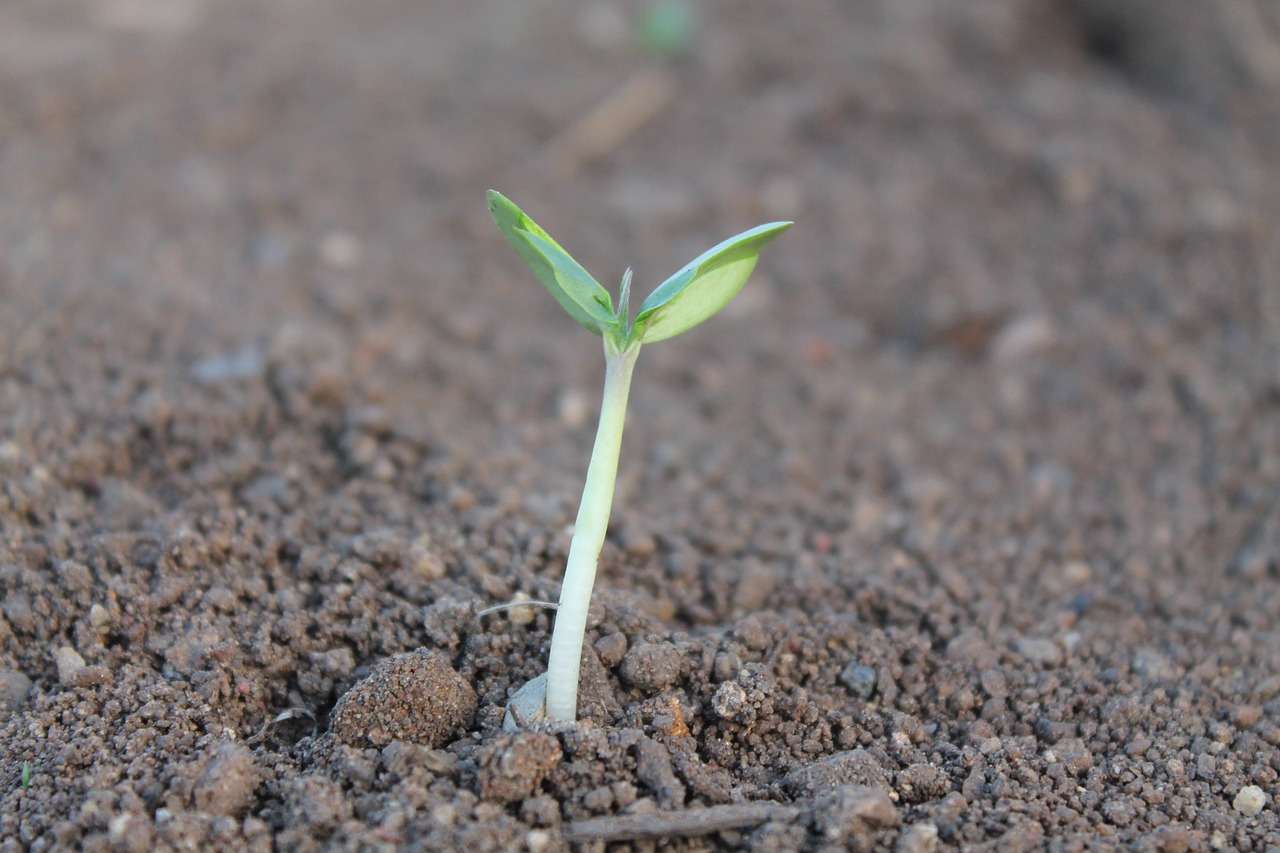
Assessing Your Soil Type
Understanding your soil type is crucial for cultivating a flourishing garden. After all, the health of your plants hinges on the quality of the soil they grow in. So, how can you determine what kind of soil you have? Well, you don’t need a degree in geology to figure it out! There are simple methods you can use right in your backyard. One of the most straightforward approaches is the jar test, which helps you analyze the soil composition. Here’s how it works:
1. Collect a sample of your garden soil. 2. Place it in a clear jar and fill it with water, leaving some space at the top. 3. Shake the jar vigorously and let it settle for a few hours. 4. Observe the layers that form: sand will settle at the bottom, silt in the middle, and clay on top.
This visual representation will give you a clear idea of your soil's composition. But that’s not all! You can also assess your soil by its texture and drainage capabilities. Grab a handful of damp soil and squeeze it tightly. If it forms a ball and holds its shape, you likely have clay soil. If it crumbles easily, you’re dealing with sandy soil. A loamy texture, on the other hand, will feel just right—neither too sticky nor too crumbly.
Another important aspect to consider is pH level. Soil pH can greatly affect nutrient availability for your plants. You can purchase a simple pH test kit from a garden center or online. Ideally, you want your soil pH to be around 6.0 to 7.0, which is perfect for most garden plants. If your soil is too acidic or alkaline, you can amend it with lime or sulfur, respectively, to bring it to the optimal range.
Lastly, do not underestimate the power of observing your garden over time. Take note of how your plants respond to the soil conditions. Are they thriving, or do they seem stunted? Healthy plants usually indicate good soil health. If you notice issues like yellowing leaves or poor growth, it might be time to dig deeper—literally! Consider conducting a soil test through a local agricultural extension office to analyze nutrient levels and deficiencies.
By understanding and assessing your soil type, you empower yourself to make informed decisions about what plants to grow and how to amend your soil for better productivity. Remember, a thriving garden starts from the ground up!
- How often should I test my soil? It's a good practice to test your soil every 2-3 years, or whenever you notice changes in plant health.
- What should I do if my soil is too acidic? You can add lime to raise the pH level and make it less acidic.
- Can I improve my sandy soil? Yes! Adding organic matter like compost can enhance nutrient retention and moisture levels.
- Is clay soil bad for gardening? Not necessarily! You can improve its drainage and aeration by adding organic matter and practicing no-till gardening.
Frequently Asked Questions
- What type of soil is best for gardening?
The best type of soil for gardening is loamy soil. It combines sand, silt, and clay, offering excellent drainage, nutrient retention, and aeration. This balanced mixture supports a wide variety of plants, making it ideal for most gardening needs.
- How can I determine my soil type?
You can determine your soil type through simple tests. One common method is the jar test, where you mix soil with water in a jar, shake it up, and let it settle. Over time, you'll see layers form, helping you identify the proportions of sand, silt, and clay in your soil.
- What are the advantages of sandy soil?
Sandy soil has excellent drainage, which helps prevent root rot. It warms quickly in spring, allowing for early planting. Additionally, its loose structure encourages deep root growth, making it suitable for drought-resistant plants.
- What are the disadvantages of clay soil?
Clay soil is dense and can retain moisture well, but it often becomes compacted. This compaction can hinder root growth and water drainage, making it challenging for some plants to thrive. Amending clay soil with organic matter can help improve its structure.
- How often should I amend my sandy soil?
Amending sandy soil should be done regularly, typically once or twice a year. Adding organic matter, such as compost, can help improve its nutrient and moisture retention, ensuring your plants receive the support they need to grow healthy and strong.
- Can I grow vegetables in clay soil?
Yes, you can grow vegetables in clay soil, but it requires some effort. Improving the soil structure with organic matter and ensuring proper drainage can create a more suitable environment for vegetable growth. Choose varieties that are more tolerant of heavier soils for the best results.
- What plants are best suited for sandy soil?
Plants that thrive in sandy soil are typically drought-resistant. Examples include lavender, sage, and certain succulents. These plants have adapted to the quick-draining nature of sandy soil, allowing them to flourish even in less nutrient-rich environments.
- Is silt soil good for gardening?
Absolutely! Silt soil has a smooth texture and retains moisture better than sandy soil, making it a favorable choice for many plants. Its balanced properties support healthy plant growth, making it a great option for gardeners.



















